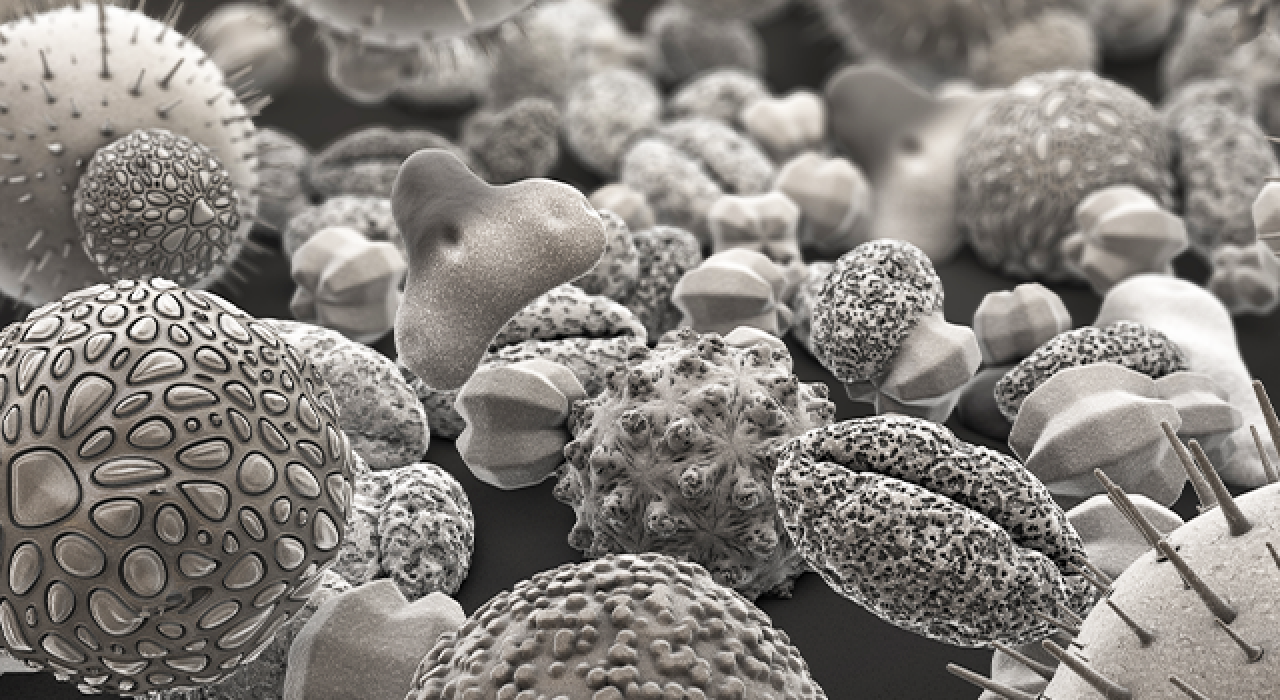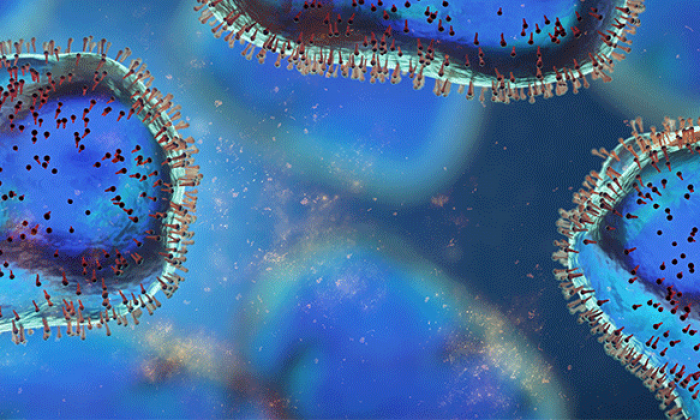OF DISTINCTION
JUNE 26, 2020 — Over the past decade UTSA has experienced explosive growth in the areas of research and acquisition of technology. This period of expansion began in 2010 with a $1.2 million gift from the Robert J. Kleberg Jr. and Helen C. Kleberg Foundation for a JEOL-brand aberration-corrected scanning transmission electron microscope, model JEM-ARM200F, nicknamed Helenita after Helen Kleberg.
The electron microscope, one of the most powerful on earth, is housed in the Kleberg Advanced Microscopy Center on Main Campus. The primary mission of the center is to study materials across multiple disciplines through microscopy, analysis and imaging support for researchers and students within The University of Texas System and other academic institutions in Texas.
The Kleberg center houses numerous instruments, including scanning electron microscopes, spectrometers and X-ray diffractometers. Helenita was the seventh instrument to be added to the collection.
“We are especially preparing to be a resource to those investigators who may be tackling the challenges presented by COVID-19.”
Currently, KAMC is mainly used for scholarly discoveries but also can be used for corporate research and development of micro-electro-mechanical systems, nanosensors, semiconductors, aerospace, energy and life sciences.
“We offer comprehensive training programs for researchers, including students, on our electron microscopes and other advanced equipment,” said Kelly Nash, director for the KAMC and an associate professor of physics at UTSA. “We aim to establish cross-campus collaborative research. KAMC strongly participates in outreach directed toward various community groups, K–12 and other higher education institutions.
One example of this community outreach happens every fall, when the center hosts students from the Advanced Materials Technology Program at Northwest Vista College. The KAMC provides a hands-on opportunity to work and learn about various microscopes, X-ray diffraction spectroscopy and raman spectroscopy.
Due to the pandemic, the KAMC temporarily closed. However, the scientists at the center are now preparing to reopen with the hopes of supporting continued and new research areas.
“We are especially preparing to be a resource to those investigators who may be tackling the challenges presented by COVID-19,” said Nash.
The KAMC is a world-class materials characterization center with the mission to not only foster collaborative research in materials characterization between UTSA and other research institutions but also provide hands-on training to students. The opportunity for researchers, particularly students to gain hands-on experience remains unique to the KAMC, compared to other electron microscopy centers across the country.



